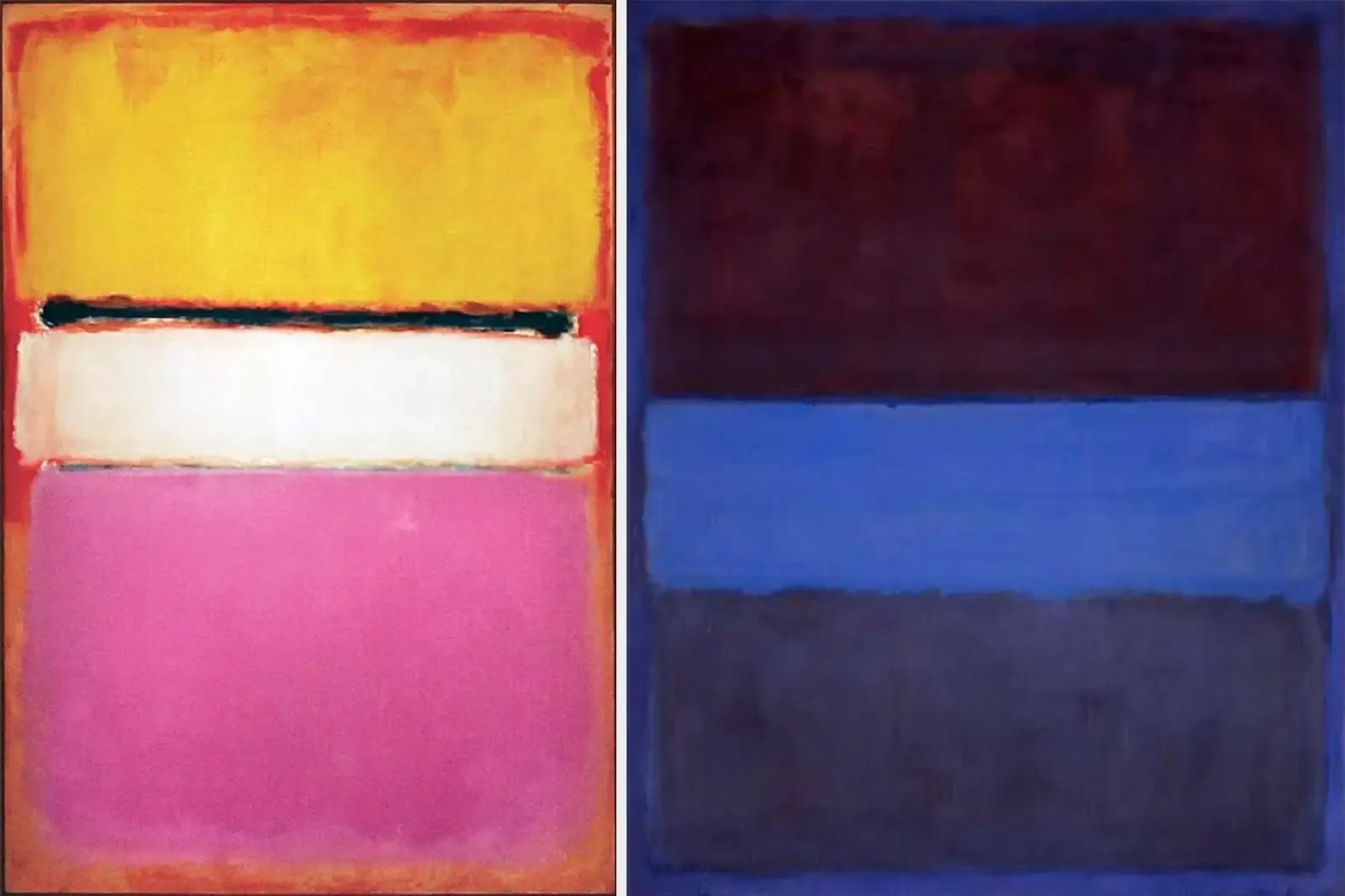Graffiti Legends: The Most Famous Graffiti Artists of All Time
Graffiti has evolved from being an underground rebellious act to a celebrated art form recognized worldwide. The practice of urban name tagging has evolved into the creation of complex murals with political messages and artwork suitable for galleries. Contemporary artists who specialize in graffiti have gained fame through their impact on both street art and mainstream culture.
The Emergence of Graffiti Art and Its Pioneering Creators
The origins of graffiti trace back to Philadelphia during the late 1960s when Cornbread started marking his name throughout the city. His work appeared simple but started an artistic revolution by showing how urban landscapes transformed into individual canvases. Cornbread established himself as a pioneer of modern graffiti with tags across city walls and even an elephant at the Philadelphia Zoo. His impact laid the groundwork for the movement that would eventually dominate New York City.
The movement gained momentum and settled in New York City which became its new hub when Taki 183 emerged as a prominent figure. He established his street name from his real name Demetrius and his residence at 183rd Street to distribute his tag through the city and gained recognition from The New York Times in 1971. His tale motivated numerous individuals to start using spray cans for tagging walls which helped bring graffiti into mainstream awareness. Future graffiti artists adopted Taki 183's method of spreading his name throughout the city as their model which led to the massive growth of graffiti culture in New York.
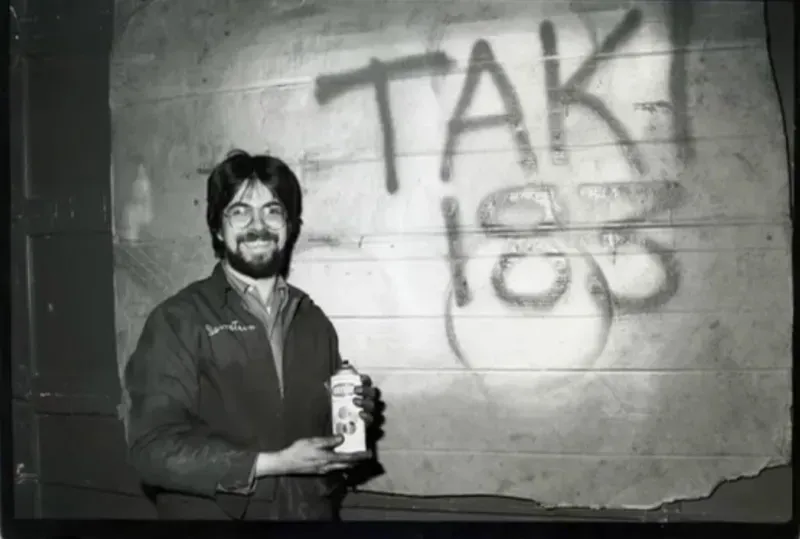
The Rise of NYC’s Graffiti Icons
The movement of graffiti in New York evolved when artists such as Dondi White took the art form beyond basic lettering to develop intricate and artistic compositions. As a master of wild style graffiti Dondi introduced complex lettering and dynamic movement to subway art. Through his legendary "Children of the Grave" series, he demonstrated graffiti's intricate artistry and established himself as a highly respected figure in the movement. Galleries exhibit his work and aspiring graffiti artists study his techniques even now after his death.
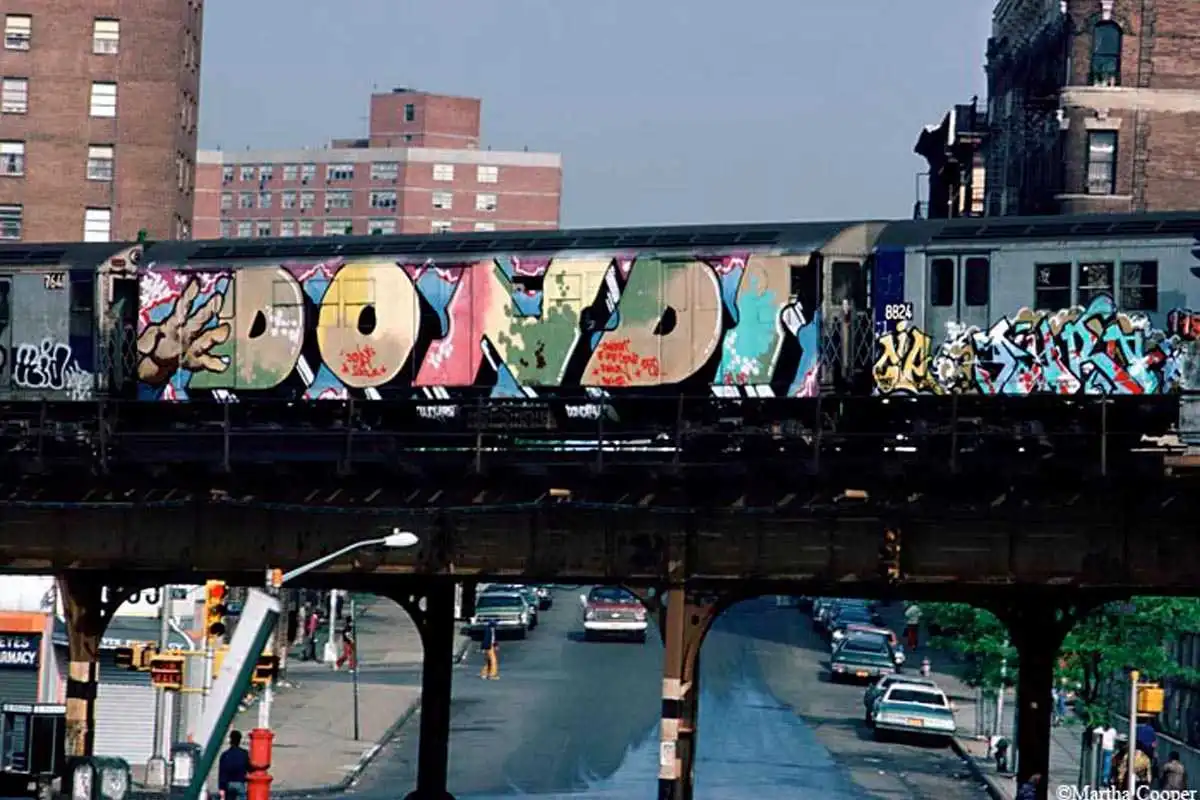
Futura 2000 departed from standard graffiti practices by blending abstract features into his work, thereby combining graffiti techniques with fine art principles. His space-themed futuristic designs distinguished him while being among the pioneering graffiti artists to partner with major brands including Nike and Levi’s. The artist extended his impact to music as he created works for bands including The Clash thereby establishing graffiti's place in popular culture.
The male-dominated graffiti movement saw women establish their positions with Lady Pink at the forefront. She originated from Ecuador but grew up in NYC and became one of the first women to receive acknowledgment in the graffiti community. Lady Pink used her art to examine female empowerment and rebellion while opposing traditional gender roles in graffiti. Her bold murals and subway works established her enduring reputation before she moved into fine art where her pieces were displayed in prominent galleries.
During the same period Keith Haring converted subway walls into artistic spaces with his famous chalk artwork. Haring developed pop art style drawings that maintained the intense force of graffiti art. His unique characters and social messages made street art popular because they tackled critical subjects such as AIDS awareness, apartheid, and capitalism. Presently, his murals stand out as some of the world’s most recognizable works inspired by graffiti art.
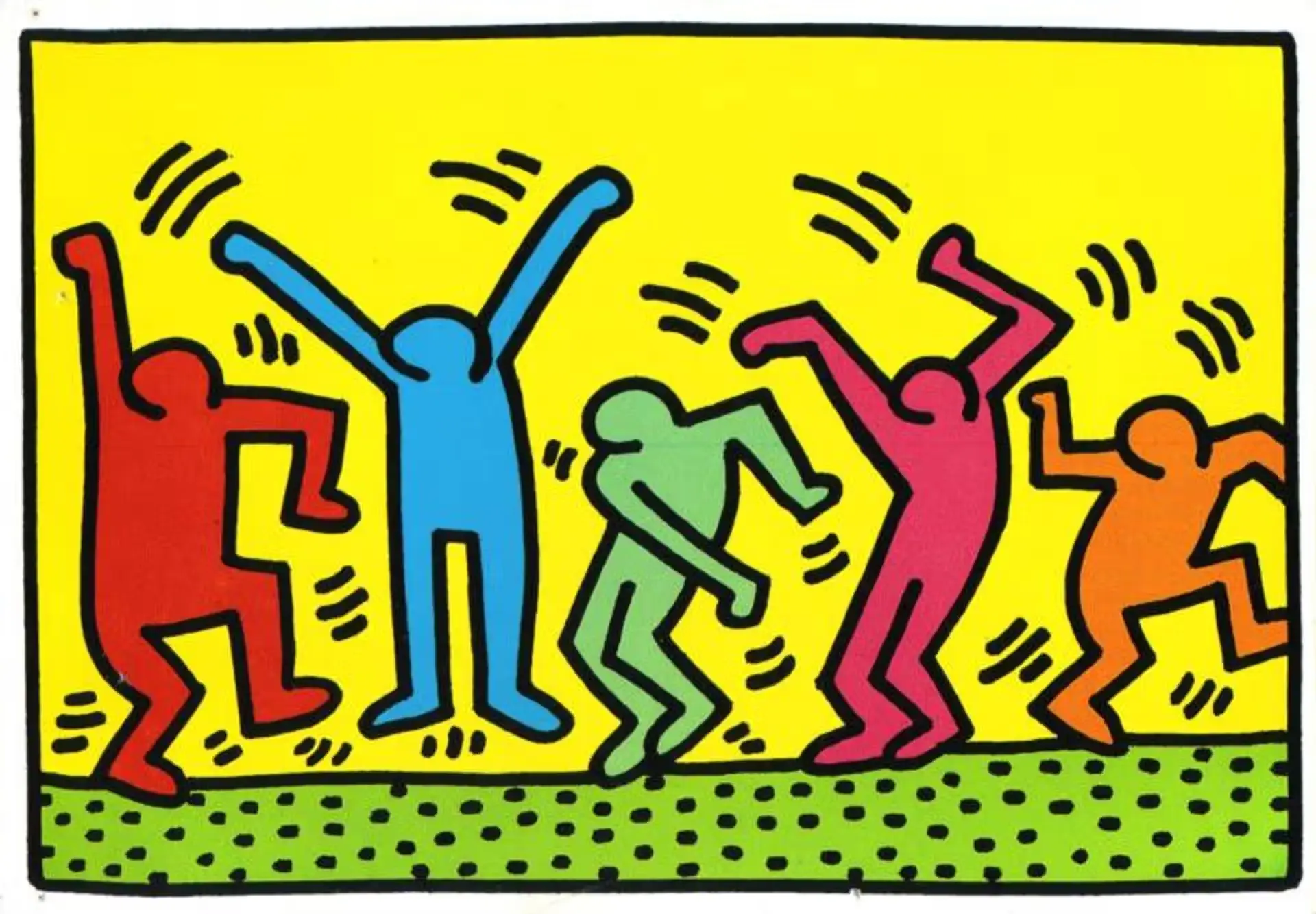
Graffiti’s Global Expansion and Its New Icons
Although New York City served as the initial explosion point for graffiti art its impact quickly reached global audiences. Banksy transformed street art in the UK through his stencil creations that combined provocative political messages to challenge traditional distinctions between vandalism and legitimate art. The artist achieved international icon status through his satirical social critiques like "Girl with a Balloon" and "There Is Always Hope". Working anonymously Banksy has impacted activism and the commercial art world while his artworks achieve multi-million dollar sales.
Since the 1980s Blek le Rat had established himself as a pioneer of the stencil graffiti movement throughout Paris which later served as an inspiration for artists like Banksy. Through his art he brought social and political commentary to graffiti which demonstrated that street art could simultaneously appeal visually and engage intellectually. Blek le Rat earned his title as the "father of stencil graffiti" through his impactful representations of rats and homeless people along with political themes which maintain their influence among urban artists globally.
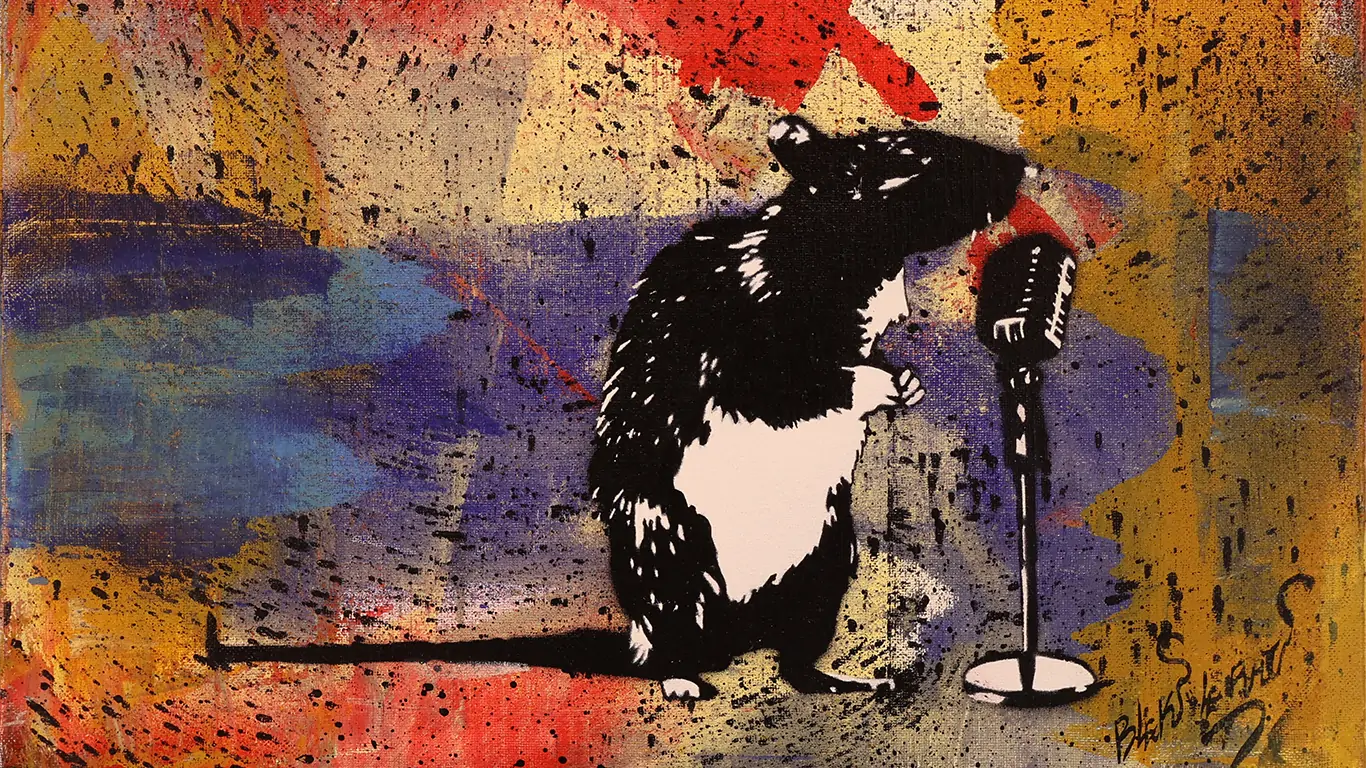
From the Atlantic side twin artists Os Gêmeos applied their unique dreamlike style to public walls internationally. The creative output of Os Gêmeos stems from their roots in São Paulo but draws its primary inspiration from Brazilian folklore along with the hip-hop culture and surrealism. Os Gêmeos gained worldwide fame through their yellow-faced figures which became their aesthetic trademark and led to partnerships with brands and museums.
Jean-Michel Basquiat: From Graffiti to Fine Art Prestige
The graffiti movement produced several key figures but Jean-Michel Basquiat stands out as a major artist who started tagging as SAMO during the late 1970s. The mysterious poetic graffiti "SAMO© saves idiots" and "SAMO© as an alternative to mind wash" spread across Manhattan's walls and captured the art world's attention. Basquiat made a swift shift from sidewalk art to gallery exhibitions where he combined graffiti techniques with Neo-Expressionism alongside jazz elements and historical references in his paintings.
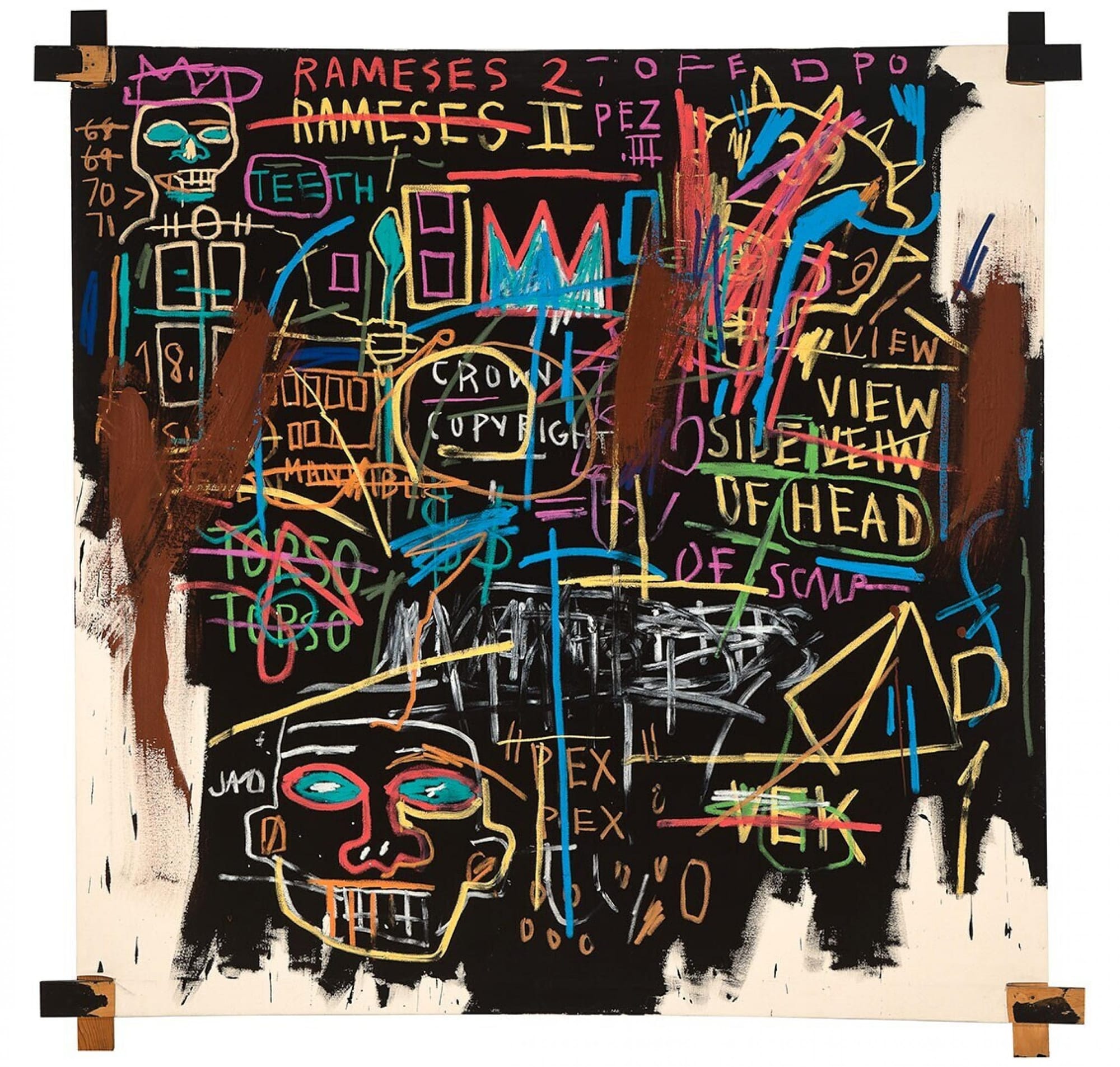
Basquiat transcended his graffiti beginnings and became one of the most renowned artists of the 20th century. The artwork of this artist which delves into race, power and capitalism commands record-breaking auction prices. Basquiat's painting Untitled (1982) achieved a record sale price of $110.5 million in 2017 setting a high value benchmark for American art. Basquiat’s artwork is displayed at internationally famous museums including MoMA and the Whitney Museum in New York which cements his status as a trailblazing graffiti artist and a fine art icon.
The Influence of Graffiti Crews
Collective efforts have historically driven the evolution of graffiti beyond solitary artist contributions. The Cool 5 Crew significantly contributed to the dissemination of graffiti culture throughout New York while promoting artistic collaboration and innovation. TATS CRU demonstrated graffiti's commercial potential while retaining cultural importance through their shift from unlawful street art to commissioned murals. The range of their artworks demonstrates graffiti's transformation as it moved from Bronx streets to corporate structures.
The Legacy and Evolution of Graffiti
Since its origins as a defiant art form graffiti has undergone constant transformation until it became a celebrated artistic medium which continues to influence worldwide urban aesthetic and artistic practices. The reach of graffiti extends into fashion and advertising domains as well as fine art galleries besides its traditional city wall presence. Past decades' graffiti artists still motivate new generations thus confirming that this once subversive movement has earned its recognition in the annals of art history. Graffiti serves as a strong representation of artistic creativity whether it appears as tags on subway trains or as large-scale murals in public spaces.
Subjektiv.art presents a detailed exploration of the history and development of graffiti for anyone interested in learning more about this art form and its renowned creators.


